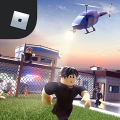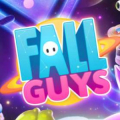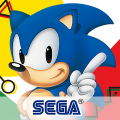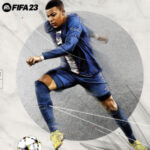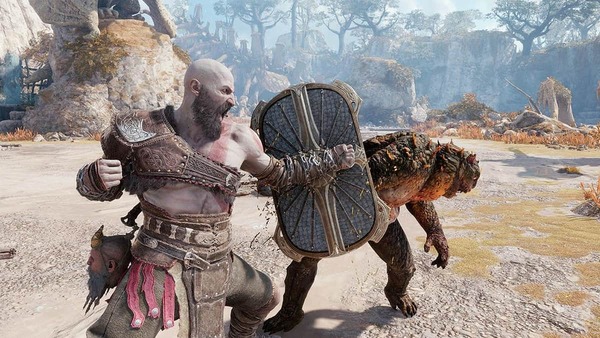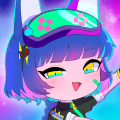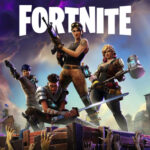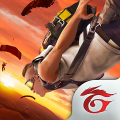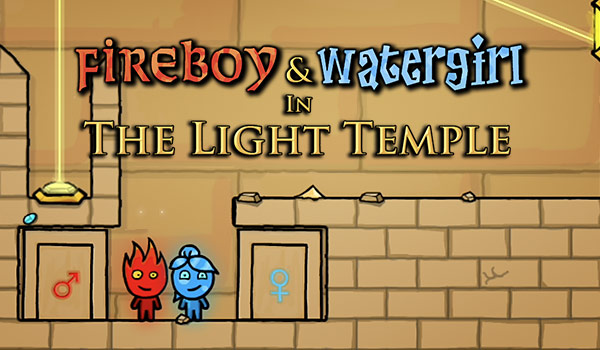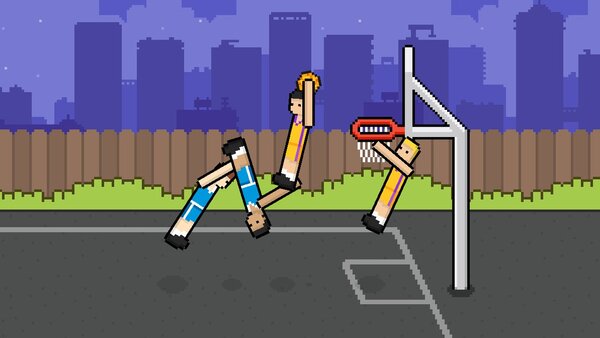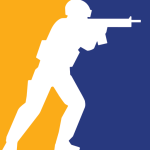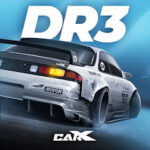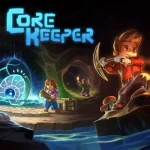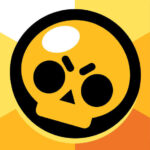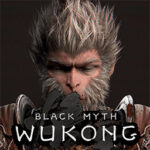Advertisement
Popular Now
Free Fire has become one of the leading battle royale games globally, attracting millions of players across the world. Known for its fast-paced gameplay and unique features, one of the most defining elements of Free Fire is its character abilities. Each character in the game comes with a special ability, adding a layer of strategy that extends beyond traditional weaponry and tactics. While these abilities are what set Free Fire apart from other battle royale games, they have also raised concerns about balance. Over the years, the developers at Garena have struggled with maintaining equilibrium between characters’ abilities, as some of them have at times overshadowed others, creating an imbalance that affects both casual and competitive play. In this article, we will delve into the issue of character abilities in Free Fire, how they have evolved, and the ongoing challenges in maintaining fairness and variety in gameplay.
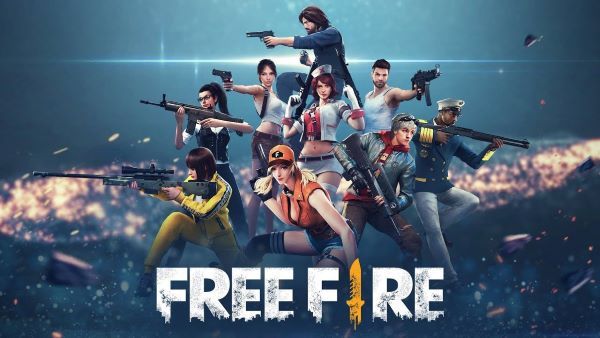
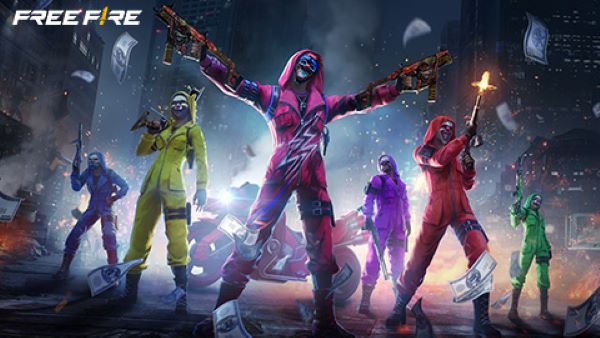 While Garena's efforts to balance the game through nerfs and reworks were ongoing, the introduction of new characters posed its own set of challenges. Every new character came with a new ability, which had to be thoroughly tested to ensure it wouldn’t break the game’s balance. Sometimes, a new character's ability was designed to offer something unique, but the impact on gameplay could be unpredictable.
For example, the character Shirou, who has the ability "Damage Delivered", could mark an enemy who had damaged him, making it easier to hit them for a short duration. This ability allowed Shirou to counter long-range combatants and opened up new possibilities for players. However, the skill was quickly seen as overpowered in certain situations, especially when paired with high-damage weapons like the AWM sniper rifle.
In many cases, Garena had to pull back or adjust these new characters' abilities after launch, especially when it became clear that they disrupted the delicate balance of character selection. This constant cycle of introducing new characters and adjusting their powers is an ongoing struggle that has affected both casual and competitive players.
While Garena's efforts to balance the game through nerfs and reworks were ongoing, the introduction of new characters posed its own set of challenges. Every new character came with a new ability, which had to be thoroughly tested to ensure it wouldn’t break the game’s balance. Sometimes, a new character's ability was designed to offer something unique, but the impact on gameplay could be unpredictable.
For example, the character Shirou, who has the ability "Damage Delivered", could mark an enemy who had damaged him, making it easier to hit them for a short duration. This ability allowed Shirou to counter long-range combatants and opened up new possibilities for players. However, the skill was quickly seen as overpowered in certain situations, especially when paired with high-damage weapons like the AWM sniper rifle.
In many cases, Garena had to pull back or adjust these new characters' abilities after launch, especially when it became clear that they disrupted the delicate balance of character selection. This constant cycle of introducing new characters and adjusting their powers is an ongoing struggle that has affected both casual and competitive players.
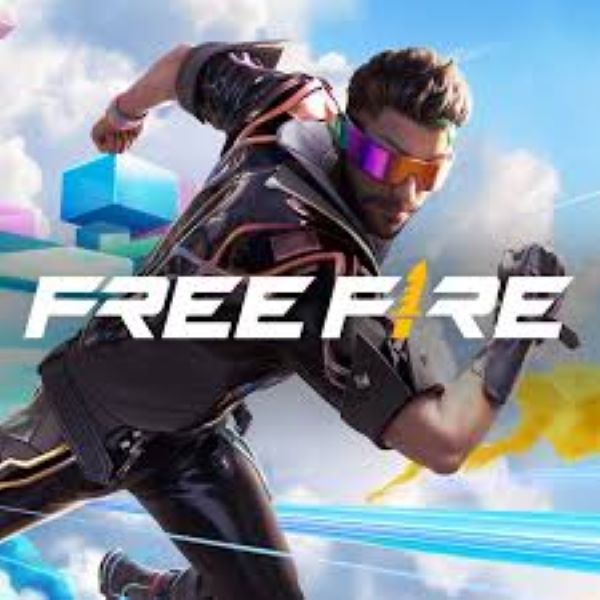 Garena has placed significant emphasis on listening to player feedback in the process of balancing characters. Community involvement in the form of feedback from social media, forums, and in-game reports has been crucial for identifying which abilities are overpowered or underperforming.
The developers often ask for player input through surveys or test runs, where players can give feedback on new abilities or changes to existing characters. While Garena works hard to address balance issues, this process is not always perfect, and players are sometimes dissatisfied with the results. For example, after the nerf to Chrono’s shield ability, many players felt the character was no longer useful in the same way, leading to a backlash. However, Garena took this feedback into consideration and made further adjustments.
While the constant adjustments to character abilities can create uncertainty, they also reflect Garena’s commitment to maintaining a fair and engaging experience for players.
Garena has placed significant emphasis on listening to player feedback in the process of balancing characters. Community involvement in the form of feedback from social media, forums, and in-game reports has been crucial for identifying which abilities are overpowered or underperforming.
The developers often ask for player input through surveys or test runs, where players can give feedback on new abilities or changes to existing characters. While Garena works hard to address balance issues, this process is not always perfect, and players are sometimes dissatisfied with the results. For example, after the nerf to Chrono’s shield ability, many players felt the character was no longer useful in the same way, leading to a backlash. However, Garena took this feedback into consideration and made further adjustments.
While the constant adjustments to character abilities can create uncertainty, they also reflect Garena’s commitment to maintaining a fair and engaging experience for players.
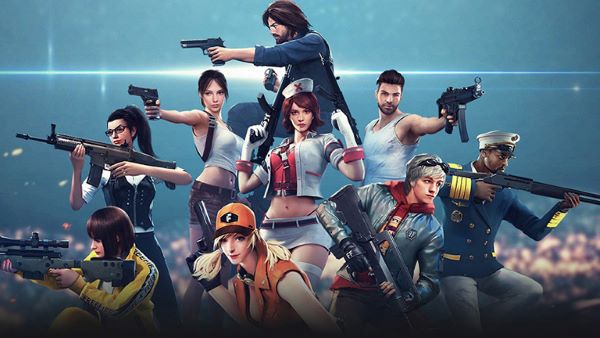 Looking ahead, Garena faces the challenge of continuing to innovate while maintaining balance in Free Fire. With the introduction of new characters and abilities always on the horizon, it will be essential for the developers to keep character abilities in check. The game’s player base is diverse, and satisfying the needs of all types of players—whether casual or competitive—requires a delicate balance between power and playability.
Future updates may focus on adding new layers of complexity, such as synergistic abilities that interact in interesting ways or temporary buffs that allow underused characters to shine. However, these additions must be tested thoroughly to avoid creating imbalances in the game.
Looking ahead, Garena faces the challenge of continuing to innovate while maintaining balance in Free Fire. With the introduction of new characters and abilities always on the horizon, it will be essential for the developers to keep character abilities in check. The game’s player base is diverse, and satisfying the needs of all types of players—whether casual or competitive—requires a delicate balance between power and playability.
Future updates may focus on adding new layers of complexity, such as synergistic abilities that interact in interesting ways or temporary buffs that allow underused characters to shine. However, these additions must be tested thoroughly to avoid creating imbalances in the game.

The Introduction of Character Abilities
When Free Fire first launched, character selection was relatively simple, with players only having a small variety of characters to choose from. These early characters had no special abilities, and gameplay revolved mostly around weapons and raw player skill. However, as the battle royale genre evolved, so did Free Fire. Garena introduced the concept of character abilities, which added a new layer of strategy to the game. Abilities in Free Fire could range from passive effects, such as faster movement speed or increased health regeneration, to active abilities like healing others, reducing damage taken, or even creating shields. Each character had a unique ability that set them apart from others, and players quickly realized how much these abilities could change the tide of a battle. This evolution added complexity to Free Fire, making character choice as important as weapon loadout. Characters became more than just avatars—they became tactical tools. However, as more abilities were added, developers faced the challenge of balancing these powers to prevent any one ability from becoming too dominant in matches.The Growing Imbalance: Overpowered Abilities
As more characters and abilities were introduced, the balance between the characters started to shift. Some abilities were so strong that they became essential to success, overshadowing others and creating an imbalance in gameplay. One of the most notable instances of this was the character Alok, whose ability, "Drop the Beat," allowed him to heal and increase movement speed in a wide radius. This ability became so effective that it was frequently used in both casual and competitive play, often leaving other characters’ abilities feeling inferior by comparison. Other characters like K (Capella) and DJ Alok started to dominate the meta, leading to a situation where many players only chose these characters for competitive play, and lesser-used characters were neglected. This imbalance created a scenario where the diversity of characters in Free Fire was undermined, as the entire player base gravitated toward the same few heroes for an advantage.Garena’s Response: Character Reworks and Nerfs
In response to this growing imbalance, Garena began to introduce character reworks and nerfs. The goal was to reduce the dominance of certain abilities and bring more variety back into the game. For example, DJ Alok’s healing ability was nerfed in order to reduce its effectiveness, especially in early combat situations. Similarly, other characters like Chrono, who could deploy shields that made players nearly invulnerable for a short period, were also nerfed. Reworks and nerfs were aimed at creating a fairer and more balanced experience for players, where no single character would completely dominate the match. The challenge, however, was that these changes were often met with mixed reactions from the community. Some players felt that their favorite characters were being weakened unfairly, while others believed that the changes didn’t go far enough in addressing the imbalance. As a result, Garena had to carefully analyze the data, experiment with different abilities, and keep track of player feedback to find a more balanced system that satisfied the majority of the community.The Introduction of New Characters: A Double-Edged Sword
 While Garena's efforts to balance the game through nerfs and reworks were ongoing, the introduction of new characters posed its own set of challenges. Every new character came with a new ability, which had to be thoroughly tested to ensure it wouldn’t break the game’s balance. Sometimes, a new character's ability was designed to offer something unique, but the impact on gameplay could be unpredictable.
For example, the character Shirou, who has the ability "Damage Delivered", could mark an enemy who had damaged him, making it easier to hit them for a short duration. This ability allowed Shirou to counter long-range combatants and opened up new possibilities for players. However, the skill was quickly seen as overpowered in certain situations, especially when paired with high-damage weapons like the AWM sniper rifle.
In many cases, Garena had to pull back or adjust these new characters' abilities after launch, especially when it became clear that they disrupted the delicate balance of character selection. This constant cycle of introducing new characters and adjusting their powers is an ongoing struggle that has affected both casual and competitive players.
While Garena's efforts to balance the game through nerfs and reworks were ongoing, the introduction of new characters posed its own set of challenges. Every new character came with a new ability, which had to be thoroughly tested to ensure it wouldn’t break the game’s balance. Sometimes, a new character's ability was designed to offer something unique, but the impact on gameplay could be unpredictable.
For example, the character Shirou, who has the ability "Damage Delivered", could mark an enemy who had damaged him, making it easier to hit them for a short duration. This ability allowed Shirou to counter long-range combatants and opened up new possibilities for players. However, the skill was quickly seen as overpowered in certain situations, especially when paired with high-damage weapons like the AWM sniper rifle.
In many cases, Garena had to pull back or adjust these new characters' abilities after launch, especially when it became clear that they disrupted the delicate balance of character selection. This constant cycle of introducing new characters and adjusting their powers is an ongoing struggle that has affected both casual and competitive players.
Competitive Play and Meta Shifts
Competitive play in Free Fire is heavily influenced by character abilities, as top players and teams often gravitate toward the characters that offer the most tactical advantage. This creates a dynamic where the “meta”—the most effective strategies and character selections—can shift with each balance update. For example, in the past, the Alok character was almost mandatory in every competitive squad. His ability to heal and increase movement speed made him invaluable, and many players considered him essential for any serious team. However, after several nerfs, players began experimenting with other characters. In response, new characters like Hayato (who can increase damage dealt based on HP) and Moco (whose ability reveals enemies through walls) started to gain more popularity. These shifts in the meta highlight how important balance is to Free Fire’s competitive scene. The introduction of new characters and changes to existing ones forces players to constantly adapt their strategies, creating a vibrant and ever-evolving competitive environment.The Role of Feedback and Community Involvement
 Garena has placed significant emphasis on listening to player feedback in the process of balancing characters. Community involvement in the form of feedback from social media, forums, and in-game reports has been crucial for identifying which abilities are overpowered or underperforming.
The developers often ask for player input through surveys or test runs, where players can give feedback on new abilities or changes to existing characters. While Garena works hard to address balance issues, this process is not always perfect, and players are sometimes dissatisfied with the results. For example, after the nerf to Chrono’s shield ability, many players felt the character was no longer useful in the same way, leading to a backlash. However, Garena took this feedback into consideration and made further adjustments.
While the constant adjustments to character abilities can create uncertainty, they also reflect Garena’s commitment to maintaining a fair and engaging experience for players.
Garena has placed significant emphasis on listening to player feedback in the process of balancing characters. Community involvement in the form of feedback from social media, forums, and in-game reports has been crucial for identifying which abilities are overpowered or underperforming.
The developers often ask for player input through surveys or test runs, where players can give feedback on new abilities or changes to existing characters. While Garena works hard to address balance issues, this process is not always perfect, and players are sometimes dissatisfied with the results. For example, after the nerf to Chrono’s shield ability, many players felt the character was no longer useful in the same way, leading to a backlash. However, Garena took this feedback into consideration and made further adjustments.
While the constant adjustments to character abilities can create uncertainty, they also reflect Garena’s commitment to maintaining a fair and engaging experience for players.
The Challenge of Balancing Passive vs. Active Abilities
Another ongoing challenge in balancing character abilities in Free Fire lies in the distinction between passive and active abilities. Passive abilities are those that always affect the player, such as faster movement or increased armor, while active abilities can be triggered in specific situations for a limited duration, such as healing allies or creating shields. Finding the right balance between these two types of abilities has been a challenge for Garena. Passive abilities are typically less impactful on gameplay because they offer continuous benefits that don’t disrupt the flow of the match. However, active abilities can significantly change the course of a game in the right moment. Overpowered active abilities like those of Alok or Chrono create problems because they can give players too much control over the outcome of a fight, especially in tight situations. As a result, developers have had to carefully adjust these abilities over time to ensure no single type—active or passive—dominates the game.The Future of Character Balancing in Free Fire
 Looking ahead, Garena faces the challenge of continuing to innovate while maintaining balance in Free Fire. With the introduction of new characters and abilities always on the horizon, it will be essential for the developers to keep character abilities in check. The game’s player base is diverse, and satisfying the needs of all types of players—whether casual or competitive—requires a delicate balance between power and playability.
Future updates may focus on adding new layers of complexity, such as synergistic abilities that interact in interesting ways or temporary buffs that allow underused characters to shine. However, these additions must be tested thoroughly to avoid creating imbalances in the game.
Looking ahead, Garena faces the challenge of continuing to innovate while maintaining balance in Free Fire. With the introduction of new characters and abilities always on the horizon, it will be essential for the developers to keep character abilities in check. The game’s player base is diverse, and satisfying the needs of all types of players—whether casual or competitive—requires a delicate balance between power and playability.
Future updates may focus on adding new layers of complexity, such as synergistic abilities that interact in interesting ways or temporary buffs that allow underused characters to shine. However, these additions must be tested thoroughly to avoid creating imbalances in the game.





